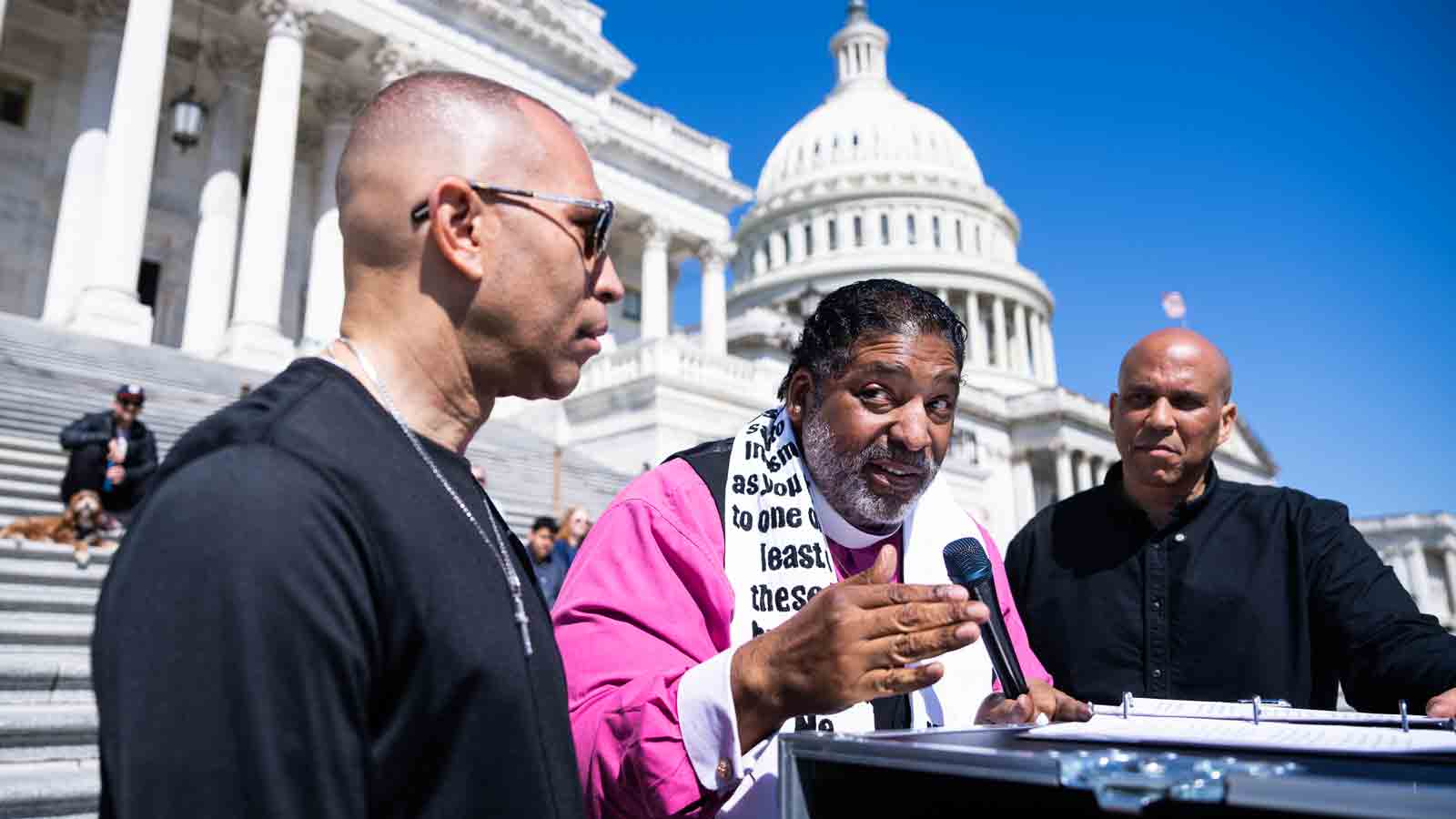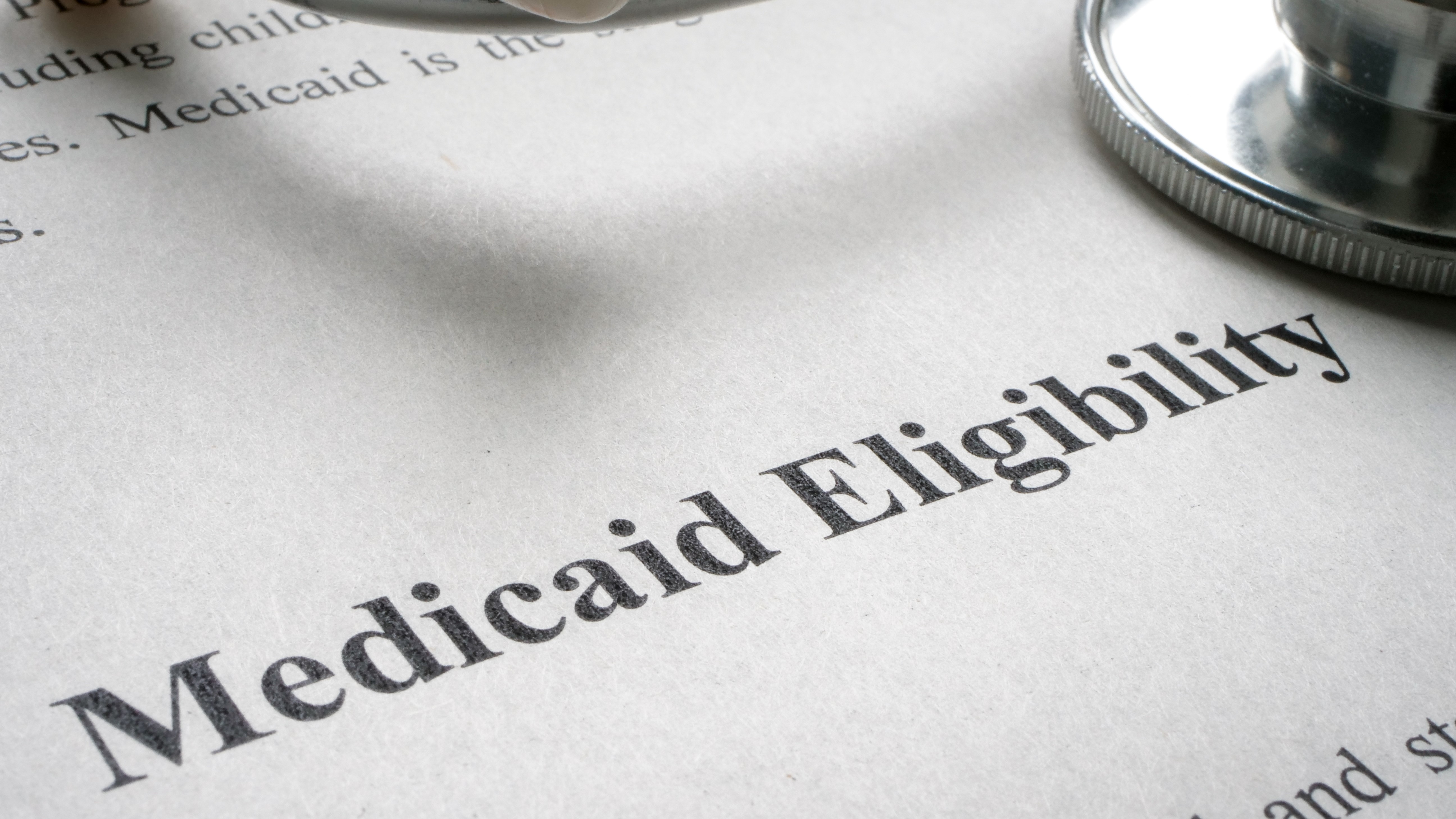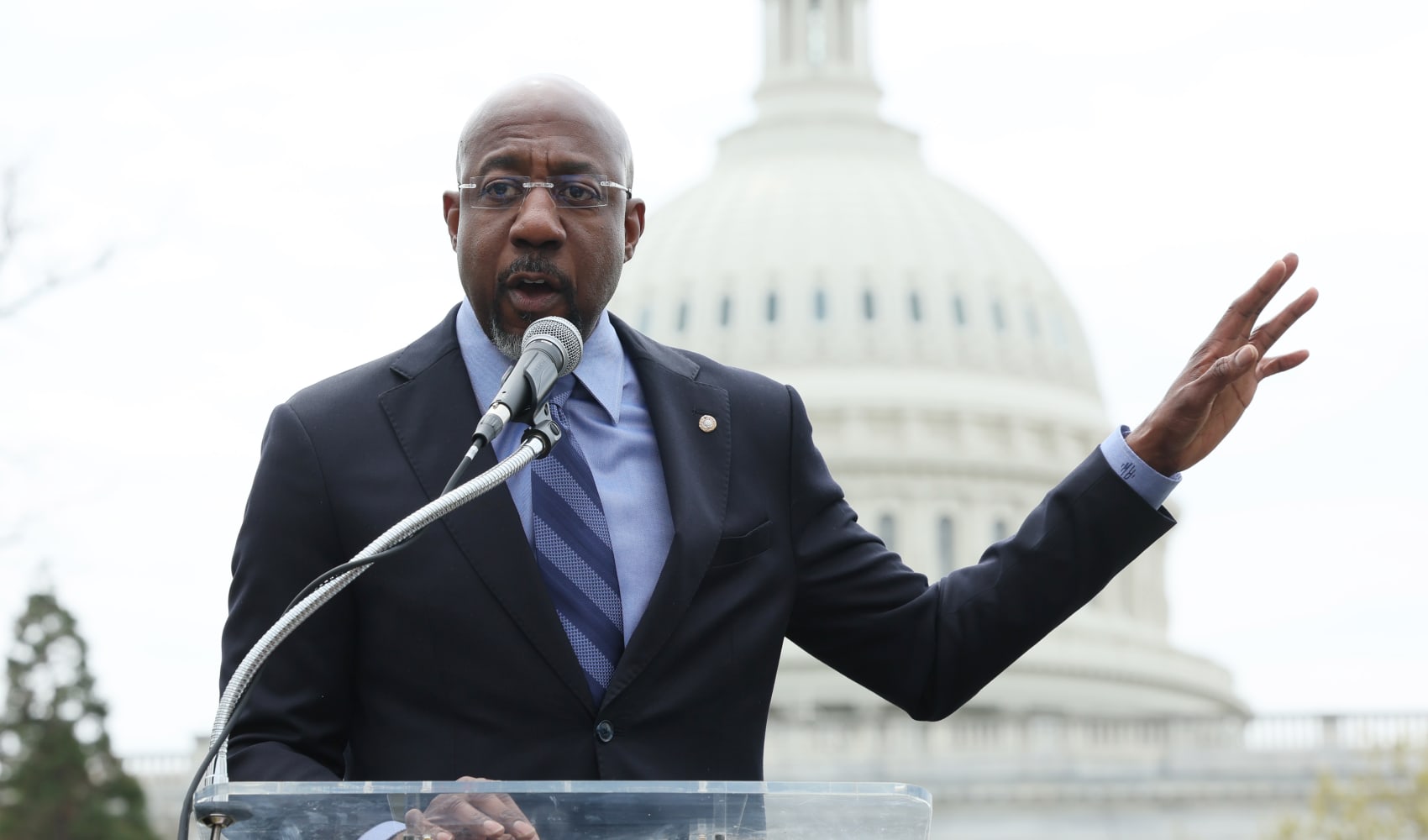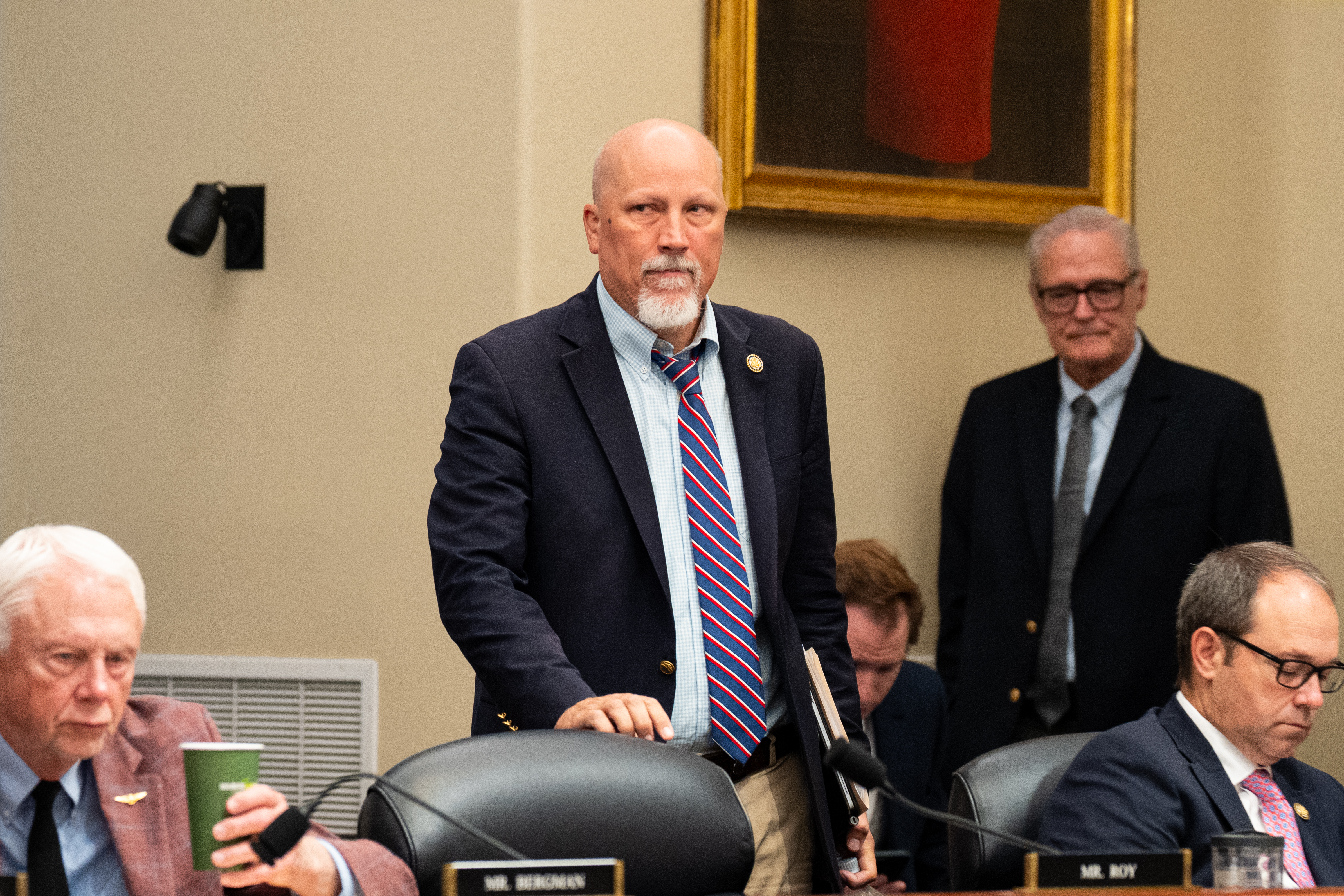GOP Budget Protest: Jeffries & Booker Sit-In on Capitol Hill
Capitol Hill Stand: Jeffries & Booker Sit-In Protests GOP Budget Cuts
Introduction: Taking a Stand on the Capitol Steps
Imagine waking up before dawn on a Sunday morning, not to relax, but to join a protest on the steps of the U.S. Capitol. That’s precisely what House Minority Leader Hakeem Jeffries, D-N.Y., and Sen. Cory Booker, D-N.J., did, leading hundreds in a sit-in. Their target? Republicans’ proposed budget reconciliation bill aiming to slash $1.5 trillion in federal spending. What's at stake? Well, according to these Democratic leaders, it's the very fabric of our social safety net.
The Moral Threat: What’s at Risk?
Sen. Booker didn't mince words, calling the GOP budget proposal "one of the greatest moral threats to our country." He highlighted the potential impact on vital services, from providing food for the hungry to ensuring care for the elderly. But is this just political rhetoric? Or is there real substance behind these claims? Let's delve deeper.
Understanding the Budgetary Battleground
The heart of the matter lies in the proposed cuts. Republicans argue that reducing spending is necessary to curb inflation and manage the national debt. Democrats, however, contend that these cuts will disproportionately harm vulnerable populations. Think of it like trying to lose weight – do you cut out essential nutrients, or focus on reducing unnecessary calories?
Medicaid on the Chopping Block: A Closer Look
For months, Democrats have been sounding the alarm about the potential consequences of House Republicans' budget blueprint. Their biggest concern? Over $880 billion in cuts to Medicaid, a program that provides health insurance for low-income families. That's a massive reduction. But what does that translate to in real-world impact?
The Ripple Effect of Medicaid Cuts
Consider the families who rely on Medicaid for access to doctors, medication, and preventative care. Cutting funding could mean fewer people covered, reduced access to services, and potentially poorer health outcomes. It's not just about numbers; it's about the well-being of individuals and communities.
Faith and Action: The Motivation Behind the Sit-In
Both Booker and Jeffries emphasized their religious upbringings as a driving force behind their activism. They spoke about how their faith traditions call them to stand up for the marginalized and vulnerable. Isn’t it inspiring to see elected officials grounding their actions in deeply held values?
From Pulpit to Protest: A Common Thread
For these leaders, their faith isn't just a Sunday morning activity; it's a guiding principle that informs their political decisions. It's about putting their beliefs into action and advocating for those who might not have a voice in the halls of power.
The Republican Counterargument: Fiscal Responsibility or Austerity?
Of course, the Republican perspective is crucial to understanding this budgetary showdown. They argue that these cuts are necessary to address the nation's growing debt and ensure long-term fiscal stability. They see it as a responsible approach to governing. But is it truly responsible, or is it austerity dressed up as fiscal prudence?
Balancing the Budget: A Matter of Priorities
At the end of the day, budget decisions are about priorities. What programs do we value as a society? What investments are crucial for our future? These are the questions that policymakers grapple with, and their answers often reflect their underlying ideologies.
The Power of Protest: Can a Sit-In Make a Difference?
The question remains: Can a sit-in, however well-intentioned, actually sway the outcome of a budget battle? History suggests that protests can raise awareness, galvanize support, and put pressure on lawmakers. But they are rarely a magic bullet. It’s more like adding fuel to a fire – it can amplify the existing flames, but it needs other factors to ignite a full-blown change.
Amplifying the Voices of the Vulnerable
One of the key benefits of a sit-in like this is that it amplifies the voices of those who are most likely to be affected by the proposed budget cuts. It forces the media to pay attention and brings the human impact of these decisions to the forefront.
Beyond the Sit-In: What's Next in the Budget Battle?
The sit-in is just one chapter in this ongoing saga. The budget reconciliation bill still needs to make its way through Congress, facing numerous hurdles along the way. What kind of compromises will be made? Which programs will ultimately be spared, and which will face the ax?
Negotiation and Compromise: The Art of the Possible
In the world of politics, negotiation and compromise are often essential for getting things done. Will Democrats and Republicans be able to find common ground on this budget, or will they remain locked in a bitter stalemate?
The Role of Public Opinion: A Nation Divided?
Public opinion will also play a crucial role in shaping the outcome of this budget battle. Are Americans willing to accept cuts to social programs in order to reduce the national debt? Or do they believe that these programs are essential for a just and equitable society?
Tracking Public Sentiment: What the Polls Reveal
Political analysts will be closely monitoring public opinion polls to gauge the public's reaction to the proposed budget cuts. This information will undoubtedly influence the decisions of lawmakers on both sides of the aisle.
Long-Term Implications: Shaping the Future of America
The decisions made in this budget cycle will have long-term implications for the future of America. They will shape our social safety net, our economic priorities, and our vision for the kind of society we want to create. It's not just about dollars and cents; it's about our values as a nation.
Investing in the Future: A Different Approach?
Some argue that instead of focusing solely on cutting spending, we should be investing in programs that will create jobs, boost the economy, and improve the lives of all Americans. This approach would require a different set of priorities, but it could lead to a more prosperous and equitable future.
Conclusion: A Budgetary Showdown with Real Consequences
The sit-in led by House Minority Leader Hakeem Jeffries and Sen. Cory Booker is a powerful reminder that budget decisions are not just abstract numbers; they have real-world consequences for individuals and communities. The proposed GOP budget cuts, particularly to Medicaid, have sparked significant concern and highlight the fundamental differences in priorities between the two parties. As the budget battle unfolds, it's crucial to stay informed, engage in the debate, and advocate for the kind of society you want to see.
Frequently Asked Questions (FAQs)
Here are some frequently asked questions about the budget dispute:
-
What is a budget reconciliation bill?
A budget reconciliation bill is a legislative process used in the United States Congress to expedite the passage of certain budget-related legislation in the Senate. It is a special procedure that limits debate and requires only a simple majority vote, making it easier to pass measures related to spending, taxes, and the debt limit.
-
Why are Democrats protesting the GOP budget plan?
Democrats argue the proposed cuts will disproportionately harm vulnerable populations, particularly through cuts to Medicaid and other social programs. They believe the plan prioritizes tax cuts for the wealthy over essential services for low-income families, the elderly, and people with disabilities.
-
What specifically is the impact on Medicaid?
The House Republicans' budget blueprint proposes over $880 billion in cuts to Medicaid. This could lead to fewer people covered, reduced access to healthcare services, and potentially poorer health outcomes for low-income individuals and families who rely on the program for their health insurance.
-
What is the Republican argument for the budget cuts?
Republicans argue that these cuts are necessary to address the nation's growing debt and ensure long-term fiscal stability. They believe reducing government spending is crucial to curb inflation and promote economic growth.
-
How can I voice my opinion on the budget proposals?
You can contact your elected officials (House Representatives and Senators) through phone calls, emails, or letters. You can also participate in town hall meetings, join advocacy groups, and engage in public forums to express your views and influence the political process.




